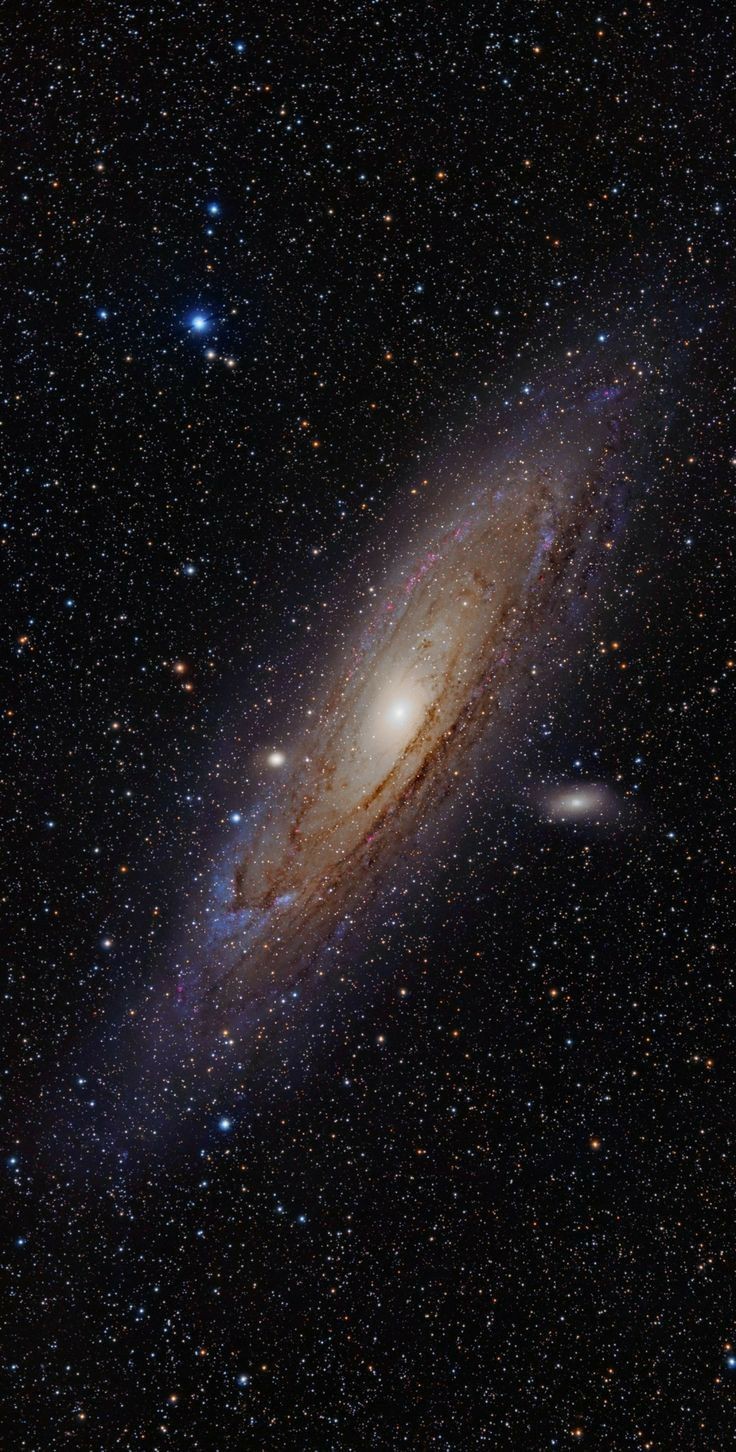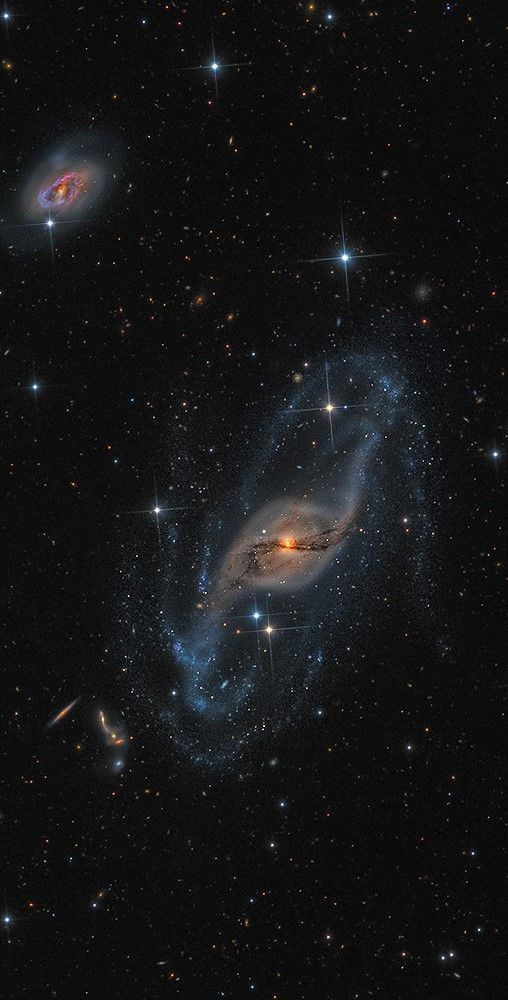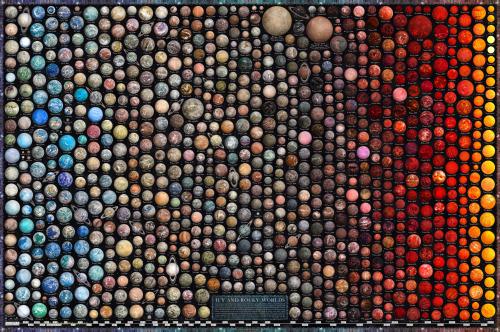A Stellar Exodus Was Caught In Action! Astronomers Used The Hubble Space Telescope To Watch The White

A stellar exodus was caught in action! Astronomers used the Hubble Space Telescope to watch the white dwarf exodus in the globular star cluster 47 Tucanae, a dense swarm of hundreds of thousands of stars in our Milky Way galaxy. Hubble took snapshots of fledgling white dwarf stars beginning their slow-paced, 40-million-year migration from the crowded center of an ancient star cluster to the less populated suburbs. By observing ultraviolet light, astronomers examined 3,000 white dwarfs, tracing two populations with diverse ages and orbits. One grouping was 6 million years old and had just begun their journey. Another was around 100 million years old and had already arrived at its new homestead far from the center, roughly 1.5 light-years, or nearly 9 trillion miles (14 trillion kilometers), away. The cluster resides 14,500 light-years away in the southern constellation Tucana. Credit: NASA, ESA, and H. Richer and J. Heyl (University of British Columbia, Vancouver, Canada). ALT TEXT: Thousands of stars, seen as tiny dots, are shown on a black background. The stars vary in size and color, including orange, yellow, and white.
More Posts from Ad-astra-affecte-spe and Others



WR 134, Cygnus

SPACEMAS DAY 2 ✨🪐🌎☄️☀️🌕
There's a new space telescope in the sky: Euclid. Equipped with two large panoramic cameras, Euclid captures light from the visible all the way to the near-infrared. It took five hours of observing for Euclid's 1.2-meter diameter primary mirror to capture, the 1000+ galaxies in the Perseus cluster which lies 250 million light years away. More than 100,000 galaxies are visible in the background, some as far away as 10 billion light years. Euclid's initial surveys, covering a third of the sky and recording over 2 billion galaxies, will enable a study of how dark matter and dark energy have shaped our universe.
Image Credit: ESA, NASA



NGC 1365, Heart of the Universe


Messier 45: The Pleiades
Nick Fritz on Instagram

Moon, Jupiter and its satellites
l Josselin Desmars l France l June 14, 2023

Over 800 terrestrial exoplanets visualized and arranged according to their equilibrium temperature and size.
chart by u/mVargic


Lunar halo
@picabuzz
-
 timeofsilence liked this · 1 year ago
timeofsilence liked this · 1 year ago -
 mrmajestic55 liked this · 1 year ago
mrmajestic55 liked this · 1 year ago -
 thirdman000 reblogged this · 1 year ago
thirdman000 reblogged this · 1 year ago -
 galaxyharrow reblogged this · 1 year ago
galaxyharrow reblogged this · 1 year ago -
 sunlaire liked this · 1 year ago
sunlaire liked this · 1 year ago -
 the-yearning-astronaut reblogged this · 1 year ago
the-yearning-astronaut reblogged this · 1 year ago -
 ad-astra-affecte-spe reblogged this · 1 year ago
ad-astra-affecte-spe reblogged this · 1 year ago -
 roshytsunami liked this · 1 year ago
roshytsunami liked this · 1 year ago -
 pigeontheoneandonly reblogged this · 1 year ago
pigeontheoneandonly reblogged this · 1 year ago -
 ncl-krl liked this · 1 year ago
ncl-krl liked this · 1 year ago -
 bondar-the-strong liked this · 1 year ago
bondar-the-strong liked this · 1 year ago -
 melatonin-mommy reblogged this · 2 years ago
melatonin-mommy reblogged this · 2 years ago -
 melatonin-mommy liked this · 2 years ago
melatonin-mommy liked this · 2 years ago -
 martinwithagun liked this · 2 years ago
martinwithagun liked this · 2 years ago -
 lonesome-pear liked this · 2 years ago
lonesome-pear liked this · 2 years ago -
 fabulous-cookware252 liked this · 2 years ago
fabulous-cookware252 liked this · 2 years ago -
 that-one-queer-poc reblogged this · 2 years ago
that-one-queer-poc reblogged this · 2 years ago -
 that-one-queer-poc liked this · 2 years ago
that-one-queer-poc liked this · 2 years ago -
 tmcinla liked this · 2 years ago
tmcinla liked this · 2 years ago -
 andrechi liked this · 2 years ago
andrechi liked this · 2 years ago -
 vesperthelover liked this · 2 years ago
vesperthelover liked this · 2 years ago -
 saharasarahscat liked this · 2 years ago
saharasarahscat liked this · 2 years ago -
 usagiryu liked this · 2 years ago
usagiryu liked this · 2 years ago -
 thissometimepoet liked this · 2 years ago
thissometimepoet liked this · 2 years ago -
 plumpsky liked this · 2 years ago
plumpsky liked this · 2 years ago -
 pprismo liked this · 2 years ago
pprismo liked this · 2 years ago -
 saucerkommand liked this · 2 years ago
saucerkommand liked this · 2 years ago -
 yaavixi liked this · 2 years ago
yaavixi liked this · 2 years ago -
 endorphinmachine liked this · 2 years ago
endorphinmachine liked this · 2 years ago -
 rhaaclaws reblogged this · 2 years ago
rhaaclaws reblogged this · 2 years ago -
 rhaaclaws liked this · 2 years ago
rhaaclaws liked this · 2 years ago -
 bbtree liked this · 2 years ago
bbtree liked this · 2 years ago -
 fuckyeahcelestialthings reblogged this · 2 years ago
fuckyeahcelestialthings reblogged this · 2 years ago -
 devileva13 liked this · 2 years ago
devileva13 liked this · 2 years ago -
 pittwosu liked this · 2 years ago
pittwosu liked this · 2 years ago -
 idkmybffgill liked this · 2 years ago
idkmybffgill liked this · 2 years ago -
 finalmoondragon liked this · 2 years ago
finalmoondragon liked this · 2 years ago -
 t1-bear liked this · 2 years ago
t1-bear liked this · 2 years ago -
 edenclam liked this · 2 years ago
edenclam liked this · 2 years ago -
 crow-yo liked this · 2 years ago
crow-yo liked this · 2 years ago -
 habitarium liked this · 2 years ago
habitarium liked this · 2 years ago -
 cachestarhouse liked this · 2 years ago
cachestarhouse liked this · 2 years ago -
 blaster-miraculous liked this · 2 years ago
blaster-miraculous liked this · 2 years ago -
 circusfeather reblogged this · 2 years ago
circusfeather reblogged this · 2 years ago -
 phoenixkluke liked this · 2 years ago
phoenixkluke liked this · 2 years ago -
 toomax liked this · 2 years ago
toomax liked this · 2 years ago -
 nlockett reblogged this · 2 years ago
nlockett reblogged this · 2 years ago -
 nlockett liked this · 2 years ago
nlockett liked this · 2 years ago

★•Astronomy, Physics, and Aerospace•★ Original and Reblogged Content curated by a NASA Solar System Ambassador
204 posts

